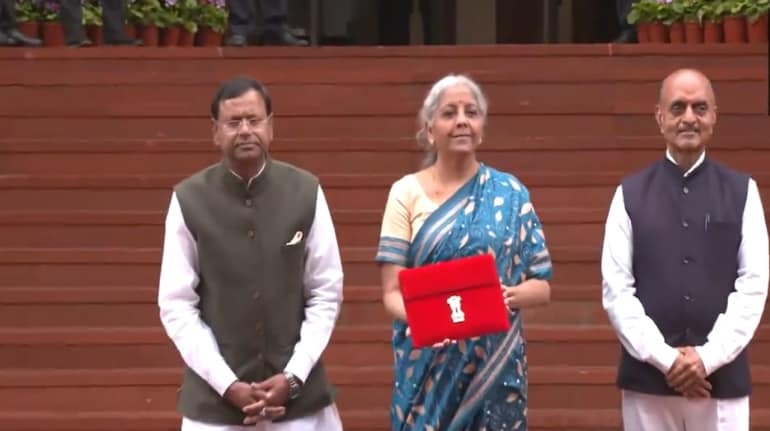
Representative Image: Shutterstock
The Indian economy is likely to maintain a real GDP growth of 9 percent each in FY2022 and FY2023 amid uncertainty triggered by the Omicron variant of corona virus, according to ICRA.
The rating agency highlighted that the available data for the third quarter of financial year 2021-22 does not offer convincing evidence that the Monetary Policy Committee’s (MPC) criteria of a durable and sustainable growth recovery has been met, to confirm a change in the policy stance to neutral in February 2022.
“The data for October-November 2021 does not point to a broad-basing of the growth recovery in India. After the higher-than-expected net cash outgo sought under the second supplementary demand for grants, the pace of actual government spending is likely to determine whether the pace of GDP growth meaningfully exceeds 6.0-6.5 percent in Q3 FY2022,” Aditi Nayar, Chief Economist at ICRA, said.
Similar to the trend in second quarter, the volumes of seven of the 13 high-frequency indicators scaled beyond their pre-COVID levels in October-November 2021, including GST e-way bills generation (+26.7 percent), non-oil exports (+26.0 percent), rail freight traffic (+20.2 percent), Coal India Limited output (+15.7 percent), electricity generation (+9.9 percent), petrol consumption (+6.4 percent) and ports cargo traffic (+4.0 percent).
The volumes of six of the 13 high-frequency indicators contracted in October-November 2021 relative to the year-ago period in line with the trend in the second quarter of FY2022, suggesting that the recovery is yet to be broad-based.
The subset trailing their pre-COVID performance in October-November 2021 includes scooter production (-25.1 percent), domestic airline passenger traffic (-22.8 percent), vehicle registration (-22.8 percent), diesel consumption (-6.8 percent), passenger vehicle (PV) production (-3.1 percent) and motorcycle production (-2.6 percent).
The rating agency concluded that the growth momentum is not broad-based enough to confirm a change in the Monetary Policy stance to neutral in the February 2022 review.
“We expect the percentage of double-vaccinated adults to rise to 85-90 percent by March 2022. While the announcement of booster doses and vaccines for the 15-18 age group is welcome, it remains to be seen whether all the existing vaccines would offer adequate protection against the Omicron variant to avert a third wave in India,” Nayar said.
Fresh restrictions being introduced in many states to curb the spread of infection may temporarily interrupt the economic recovery, especially in the contact-intensive sectors in the fourth quarter this year.
“We are maintaining our forecast of a 9 percent GDP expansion in FY2022, with a clear K-shaped divergence among the formal and informal parts of the economy, and the large gaining at the cost of the small,” she said. “We expect the economy to maintain a similar 9 percent growth in FY2023. However, the expansion in FY2023 is expected to be more meaningful and tangible than the base effect-led rise in FY2022.”
The agency based its calculation on assuming a GDP growth if the COVID-19 pandemic had not emerged against an actual shrink that occurred in FY2021 and the expected recovery in the next two years. The net loss to the Indian economy from the pandemic during FY2021-23 is pegged at Rs 39.3 trillion in real terms.
In ICRA’s view, rising consumption will push capacity utilisation above the crucial threshold of 75 percent by the end of 2022, which should then trigger a broad-based pick-up in private sector investment activity in 2023.
The ratings agency also expects the visibility of tax revenue growth to spur faster government spending in 2022.
India's real GDP to maintain 9% growth rate till next year, estimates ICRA - Moneycontrol.com
Read More

No comments:
Post a Comment